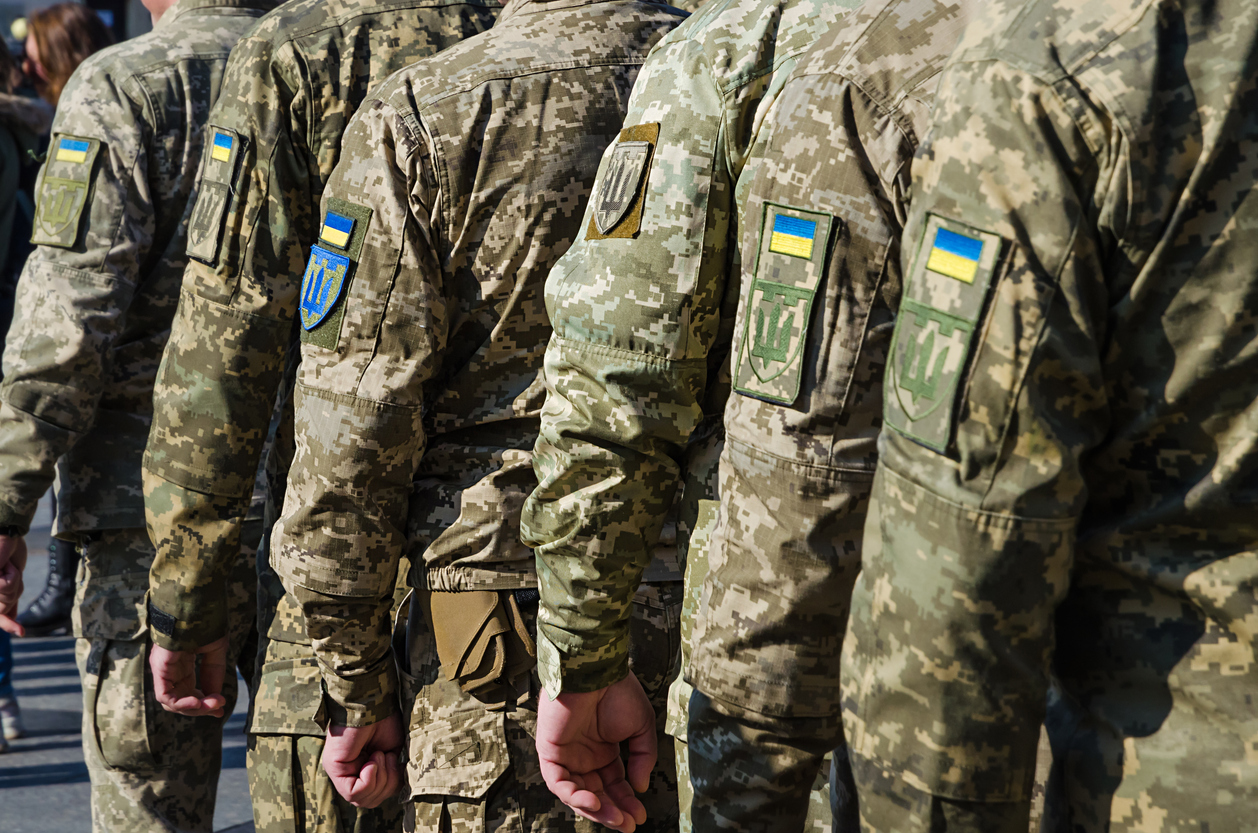Time Period: December 2002 – December 2004
Location: Ukraine
Main Actors: General Volodymyr Antonets, veterans & officers in the Ukrainian security forces
Tactics
– Dialogue/engagement
– Fraternization
– Withholding or withdrawal of allegiance
– Deliberate inefficiency and selective noncooperation by enforcement agents
In 1999, Ukrainian President Leonid Kuchma won a second term in an election marred by irregularities, kicking off a period of democratic decline that lasted until 2005 and was characterized by high levels of corruption and the repression of dissidents. Two major nonviolent resistance campaigns occurred during this period. The first was the “Ukraine Without Kuchma” movement in 2000, which involved mass protests in the capital, Kyiv, against the corruption and illegal activities of President Leonid Kuchma and other oligarchs. Although the government effectively repressed the campaign, leading civil society groups engaged in careful training and network-building over the subsequent years.
At the same time, however, the government and its supporters undertook further actions to erode Ukrainian democracy. In 2004, as Ukraine faced a presidential election, the ruling party put forward Viktor Yanukovych as their presidential candidate and began a shadow campaign of manipulation and sabotage to ensure his victory. When, despite widespread evidence of fraud, the Central Election Commission announced Yanukovych had defeated opposition candidate Viktor Yuschenko, civil society groups activated their networks and, in partnership with the opposition coalition of political parties, Our Ukraine, kicked off the “Orange Revolution,” named after the color of the opposition coalition.
At the heart of the mass resistance campaign was the nonviolent occupation of Independence Square in Kyiv, which drew millions of participants, many of whom symbolically wore orange. Much of the city mobilized to support the protest camp, while citizens outside Kyiv organized local demonstrations, marches, and strikes. During the campaign, a network of veterans organized by former General Volodymyr Antonets played a crucial role in preventing a violent crackdown against the protesters by state security forces.
General Antonets joined the opposition after being pushed out of his position as Chief of the Ukrainian Air Force by President Kuchma in 1999. Beginning in December 2002, Antonets recruited volunteers from among his retired colleagues with the goal of building bridges to the state security forces. Together, they conducted outreach to mid-ranking officers, military families, and other veterans, gradually organizing regional teams that could pass information from their contacts to Antonets and his partners in the Our Ukraine coalition. The veterans’ network helped the opposition party stay up to date on opinions and attitudes among the security forces toward the government.
When the Orange Revolution broke out, the veterans mobilized their regional networks. Strategically working from the grassroots up, they recruited a critical mass of lower-ranking soldiers who were prepared to refuse any orders to use arms against civilians. Building from that base, Antonets and his team then negotiated informal agreements with middle- and upper-ranking military officers that they would also refuse to use force against protesters and that they would intervene if the government attempted to use the police or special forces to do so.
Demonstrators themselves added indirect pressure on top of the veterans’ bridgebuilding work, often chanting “the military is with the people” at protests. On November 28th, the efforts to induce a loyalty shift among the security forces (away from the autocratic ruler and in support of democratic constitutionalism) paid off. When the Interior Minister attempted to mobilize special forces outside Kyiv to crack down on the protests in the city, Our Ukraine leaders received warning through the veterans’ network and reached out to the Army Chief of Staff, who threatened to place soldiers between the special forces and the protesters. The Interior Minister backed down, and the demonstrations continued without the threat of violent repression.
Mass mobilization continued unimpeded for five more days, until the Supreme Court acknowledged the use of fraud and ordered new elections for late December 2004. Parliament revised the country’s electoral law to limit the potential for fraud and put forward constitutional reforms that would limit the powers of the president thereafter. Yuschenko won the new elections, and the backsliding trend quickly reversed.
Where to Learn More
– Binnendijk, Anika Locke and Ivan Marovic. 2006. “Power and persuasion: Nonviolent strategies to influence state security forces in Serbia (2000) and Ukraine (2004).” Communist and Post-Communist Studies, 39: 411-429.
– Global Nonviolent Action Database. “Ukrainians overthrow dictatorship (Orange Revolution), 2004.” Swarthmore College, 2011.
– Kuzio, Taras. 2005a. “The Orange Revolution: Ukraine’s 2004 Presidential Election.” Democracy at Large, 1(2), 8-11.
You can access all the caselets from the Pillars of Support Project here.

